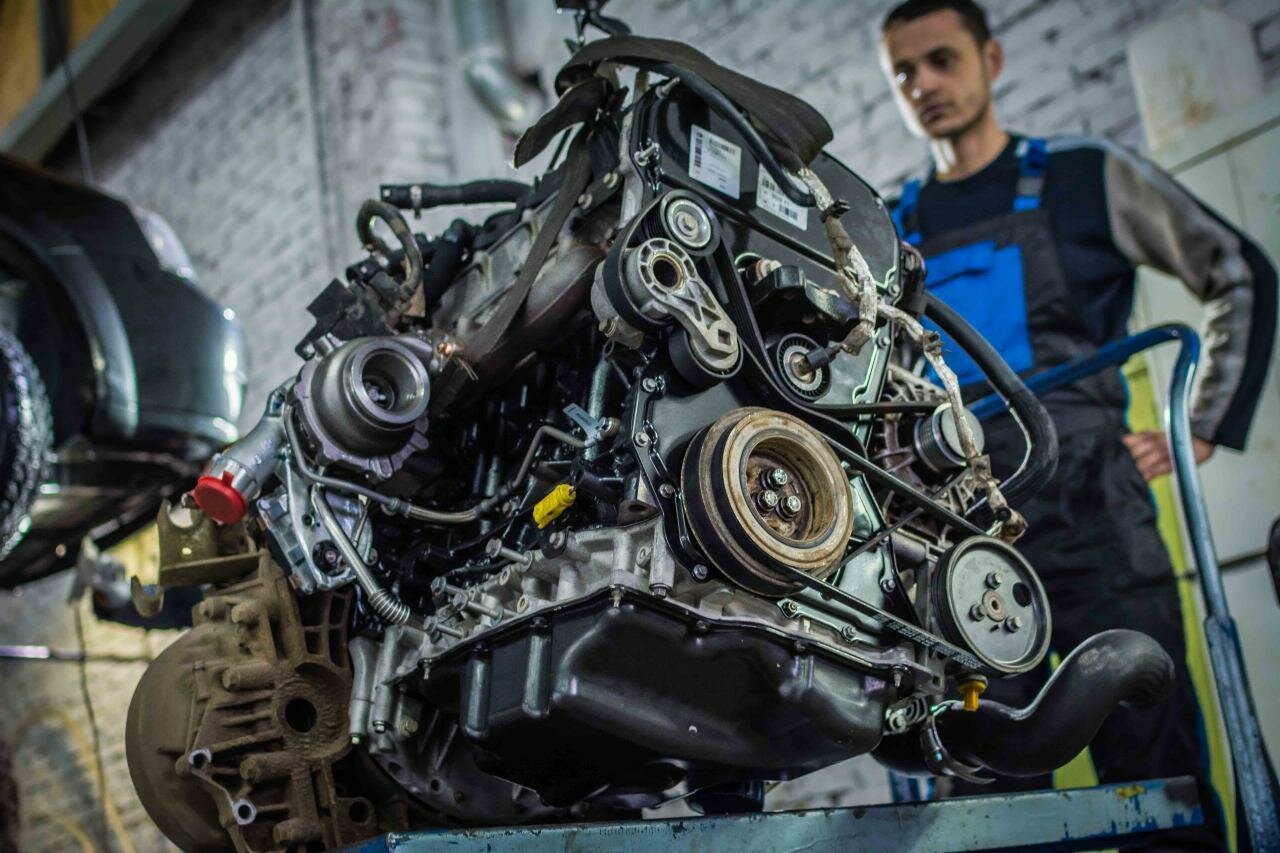Harley-Davidson Twin Cam Engine: A Brief Overview
The Legacy of Harley-Davidson
Harley-Davidson has been an iconic name in the motorcycle industry since its inception in 1903. Known for their heavyweight cruisers and a distinctive V-twin engine design, the brand has cultivated a loyal following over the decades. The Twin Cam engine, introduced in 1999, marked a significant evolution in Harley’s engineering, aiming to enhance performance, reliability, and rider comfort. This engine was designed to replace the earlier Evolution engine and was a part of the company’s effort to modernize its lineup while maintaining the classic Harley feel.
The Twin Cam engine was initially well-received, boasting features like dual overhead cams, improved cooling, and a more robust design. It was available in various displacements, catering to a wide range of riders from casual enthusiasts to serious long-distance travelers. However, as with any mechanical innovation, the Twin Cam engine has not been without its share of problems, which have raised concerns among riders and mechanics alike.
Despite its initial promise, the Twin Cam engine has been associated with several issues that can impact performance and reliability. From oil leaks to cam chain tensioner failures, these problems have led to discussions within the Harley community about the engine’s long-term viability. Understanding these issues is crucial for current and prospective owners, as they can significantly affect the riding experience and maintenance costs. This article will delve into the specific problems associated with the Harley-Davidson Twin Cam engine, providing insights into what riders should be aware of to ensure their motorcycle remains a reliable companion on the road.
Common Issues with the Harley-Davidson Twin Cam Engine
The Harley-Davidson Twin Cam engine, while a significant advancement in motorcycle technology, has been plagued by several recurring issues. These problems can affect performance, reliability, and overall rider satisfaction. Below, we explore some of the most common problems associated with the Twin Cam engine.
1. Cam Chain Tensioner Failure
One of the most notorious issues with the Twin Cam engine is the failure of the cam chain tensioners. These components are responsible for maintaining the proper tension on the cam chains, which control the timing of the engine’s valves. Over time, the tensioners can wear out, leading to a range of issues, including:
- Increased engine noise
- Loss of power
- Potential engine damage if not addressed
Many riders have reported that the tensioners need to be replaced after around 30,000 to 50,000 miles, making this a critical maintenance point for Twin Cam owners.
2. Oil Leaks
Oil leaks are another common complaint among Twin Cam engine owners. These leaks can occur from various points, including:
- Cam cover gaskets
- Oil pump seals
- Crankcase gaskets
While minor leaks may not seem alarming, they can lead to more significant issues if left unaddressed. Regular inspections and timely repairs are essential to prevent oil loss and potential engine damage.
3. Engine Overheating
Overheating can be a serious concern for Twin Cam engines, particularly in models that lack adequate cooling systems. Factors contributing to overheating include:
- Insufficient oil flow
- Clogged oil passages
- Faulty thermostat
Riders should monitor engine temperatures closely, especially during long rides or in hot weather, to avoid severe engine damage.
4. Piston Slap
Piston slap is a condition where the piston moves within the cylinder with excessive clearance, causing a knocking noise. This issue can arise due to:
- Worn piston skirts
- Poor lubrication
- Improper assembly
While piston slap may not immediately affect performance, it can lead to increased wear and tear on engine components over time.
5. Electrical Problems
Electrical issues can also plague Twin Cam engines, particularly with the ignition system. Common problems include:
- Faulty ignition coils
- Weak battery performance
- Corroded wiring connections
These electrical failures can result in poor engine performance, starting issues, and even complete engine failure in severe cases.
Top views |
|
|---|---|
 |
Oil, Timing Chains, Pistons: What Really Kills an Engine Prematurely? |
 |
How to Choose a Car with a Reliable Engine: Used Car Market Hacks That Actually Work |
Symptoms and Consequences
To help riders identify potential issues with their Twin Cam engines, the following table summarizes common symptoms and their consequences:
| Symptom | Possible Consequence |
|---|---|
| Increased engine noise | Cam chain tensioner failure |
| Oil spots on the ground | Oil leaks from gaskets |
| High engine temperature | Overheating, potential engine damage |
| Knocking noise from engine | Piston slap, increased wear |
| Difficulty starting | Electrical system failure |
Understanding these common problems and their symptoms is essential for any Twin Cam owner. Regular maintenance and timely repairs can help mitigate these issues and ensure a smoother, more enjoyable riding experience.




1 Comment
Randy · 16/04/2025 at 06:50
Have Issue With Crank Postion Sensor BROKE IT In Half & Bought A New One Put It On & Same Out Come So How Do I Diagnose Wht I Need To Fix Or Go About Fixn?